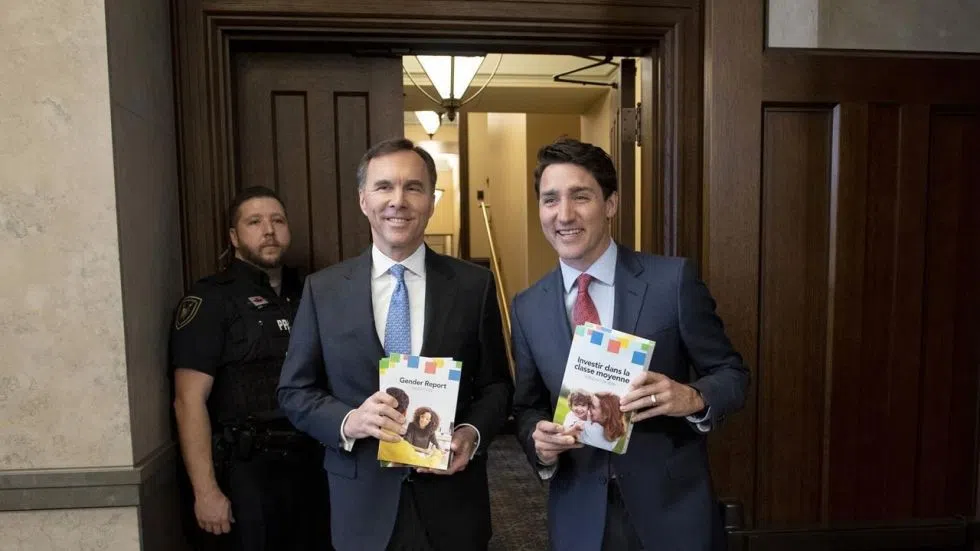
As deficit grows, the Federal Budget spends more on a wide variety programs
OTTAWA — The Federal Budget is expected to sink Canadians deeper into the red this year as the Liberal government plans to spend a windfall of new revenue.
The federal budget predicts a deficit of $19.8 billion for 2019-20, including a $3-billion contingency fund.
The forecast compares with a $19.6-billion deficit predicted in the government’s fall economic update, despite billions in unexpected revenue from income and excise taxes.
Offsetting the increased revenue, the budget plan includes new spending on a wide range of new items, including skills training, income boosts for seniors and programs for first-time homebuyers.


